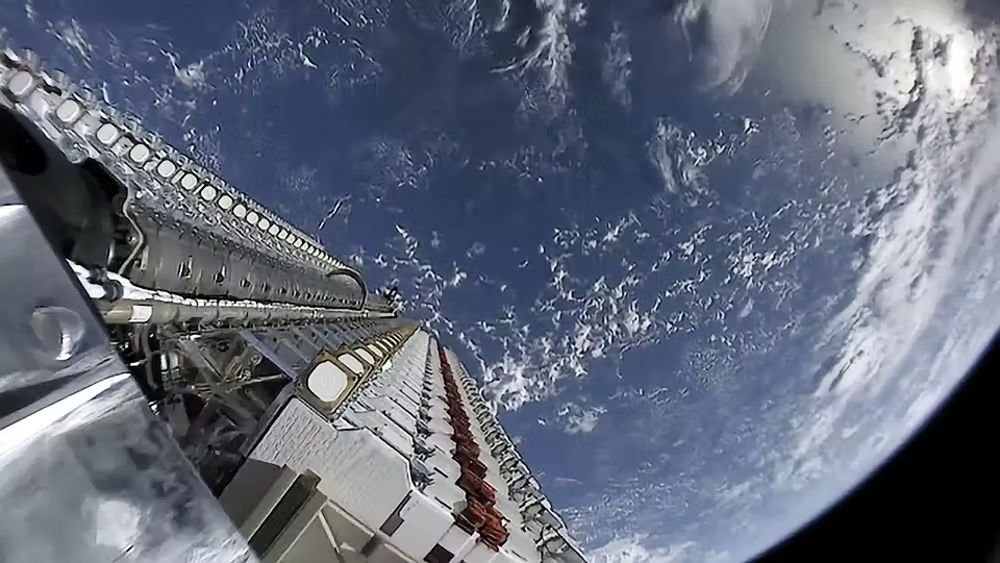
By Courtney Albon,
Published by DefenseNews, 5 December 2022
WASHINGTON — SpaceX is creating a new national security business unit called Starshield that will build on its launch and satellite communications offerings and introduce additional capabilities including Earth observation.
The company, founded by billionaire Elon Musk, unveiled Starshield Dec. 2, emphasizing on its website that the business unit will leverage existing relationships with the Defense Department and the intelligence community.
“SpaceX’s ongoing work with the Department of Defense and other partners demonstrates our ability to provide in-space and on-ground capability at scale,” the company said.
SpaceX has expanded its military space footprint in recent years. In 2020, the Space Force selected the company’s Falcon 9 and Falcon Heavy rockets to fly 40% of its National Security Space Launch missions between fiscal 2022 and 2027. The Space Development Agency also awarded SpaceX $149 million in 2020 to build four missile tracking satellites.
The Ukrainian military has relied heavily on the company’s Starlink constellation, a network of more than 3,200 communication satellites that provides broadband internet. In October, Musk indicated SpaceX would no longer fund Ukraine’s use of Starlink. He later reversed course and is in discussion with the U.S. Department of Defense about future funding for the effort.
While details on Starshield — including when the capability will be on orbit and how much the company is investing — are light, SpaceX said the unit will initially focus on developing Earth observation sensors and satellites as well as a global communications constellation with higher levels of security than Starlink that is targeted for government customers.
“Starlink already offers unparalleled end-to-end user data encryption. Starshield uses additional high-assurance cryptographic capability to host classified payloads and process data securely, meeting the most demanding government requirements,” SpaceX said.
Starshield systems will also be interoperable, allowing them to be integrated with military satellites.
See: Original Article





